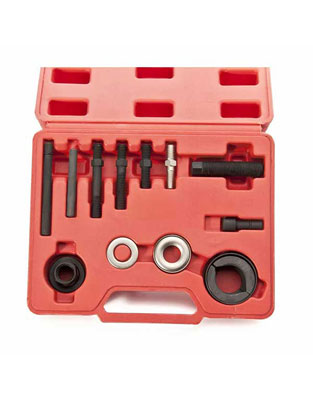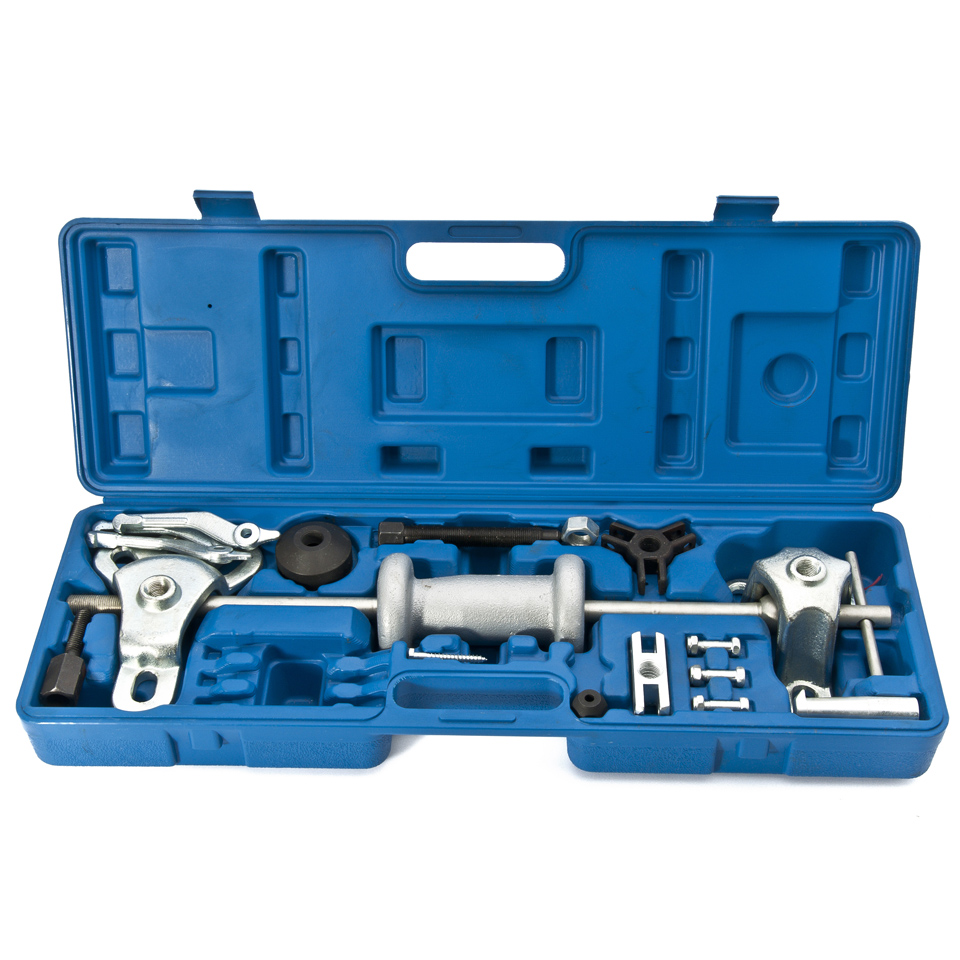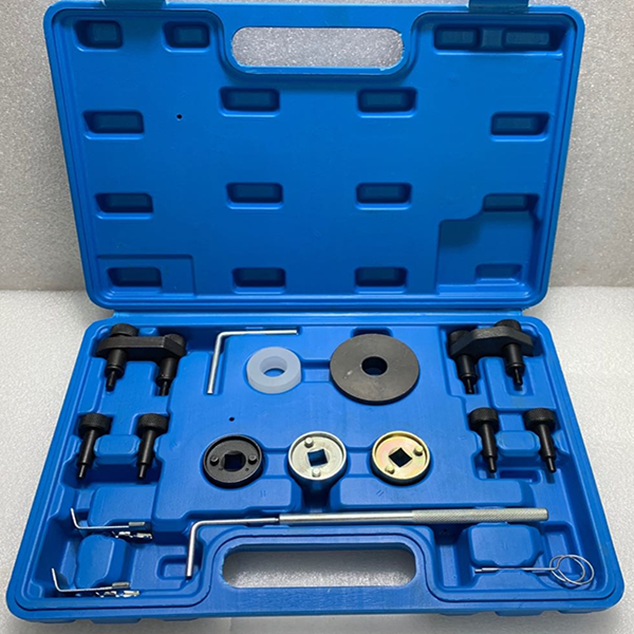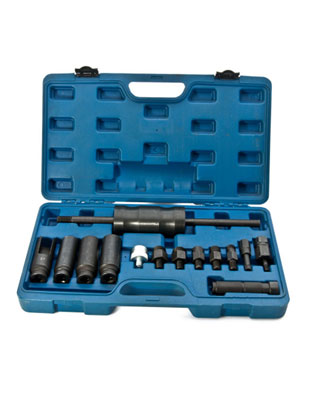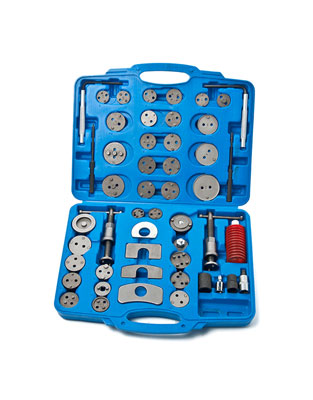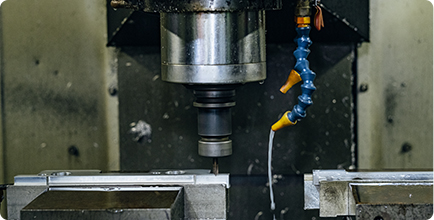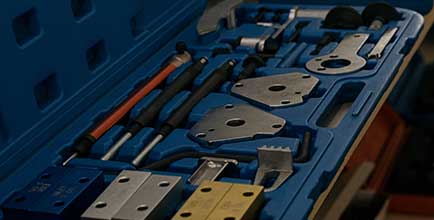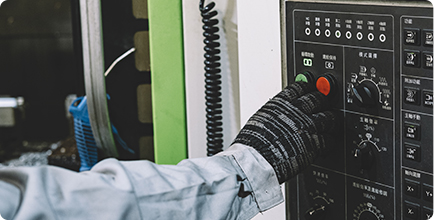When it comes to working with automobiles, timing is everything. The proper timing of automotive components ensures that the engine runs smoothly and efficiently. To achieve this timing, technicians rely on automotive timing tools. These tools may be simple or complex, but they all require proper handling to avoid accidents and engine damage. In this article, we' ll cover some essential precautions for using automotive timing tools.
Safety Precautions for Using Automotive Timing Tools
Automotive timing tools are generally safe to use. However, as with any tool, there are safety measures that users should take to avoid accidents. First, make sure that you wear safety glasses while using the tools. This will protect your eyes from any debris that may fly off while working on the engine. Additionally, ensure that the work area is clear of any flammable materials or liquids. Automotive timing tools often require the use of oils and fluids, which can be flammable.
Another safety issue to keep in mind is electrical hazards. Modern engines use complex electrical systems that can be damaged by electrical surges or misconnections. Before working with any electronic automotive timing tools, ensure that the engine battery is disconnected.
Finally, always follow the instructions that come with the timing tool. Different automotive timing tools can have varying instructions. Failing to follow the instructions can result in injury or equipment damage.
How to Properly Use Automotive Timing Tools?
The proper use of automotive timing tools is essential for engine performance. However, different timing tools require different techniques for use. Here are some general tips to ensure that you're using your timing tool correctly:
Read the user manual for the timing tool
Ensure that the engine is at the proper temperature for the calibration process
Remove any worn or damaged timing components before attempting to adjust the timing
Use a timing light to check the ignition timing
Rotate the distributor to adjust the ignition timing
Double-check the timing after adjustment
The Impact of Automotive Timing Tools on Engine Performance
Automotive timing tools can help improve engine performance. These tools ensure that the engine components work together at the proper time, which results in smoother running and increased efficiency.
Timing tools also help to achieve better fuel economy. When timing is proper, the engine runs more efficiently, and less fuel is burned in the process. This is particularly important when you’re trying to reduce emissions and reduce your carbon footprint.
In addition to better fuel economy, timing tools can improve power output. When engine components work together at the proper time, the engine produces more power than when the components are misaligned.
Automotive timing tools are invaluable for ensuring that engines run at their best. However, ignoring safety precautions or improperly using timing tools can result in engine damage or accidents. To avoid these issues, always follow the manufacturer's instructions and wear proper safety gear. Moreover, proper use of timing tools can result in a smoother running engine, better fuel economy, and increased power output. With these tips in mind, you’re set to achieve the perfect timing and get the best engine performance possible.
 EN
EN










